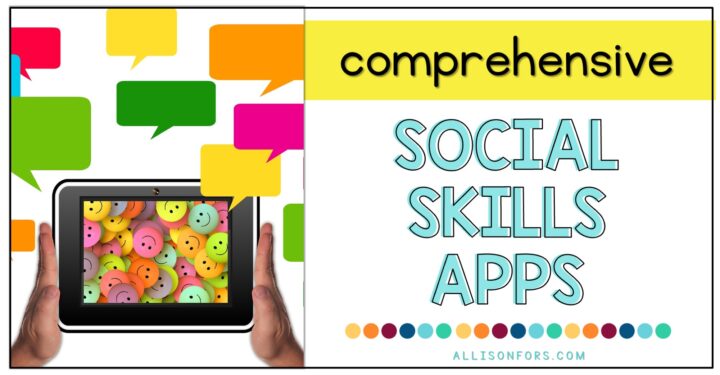
How and Why to Teach Sequencing
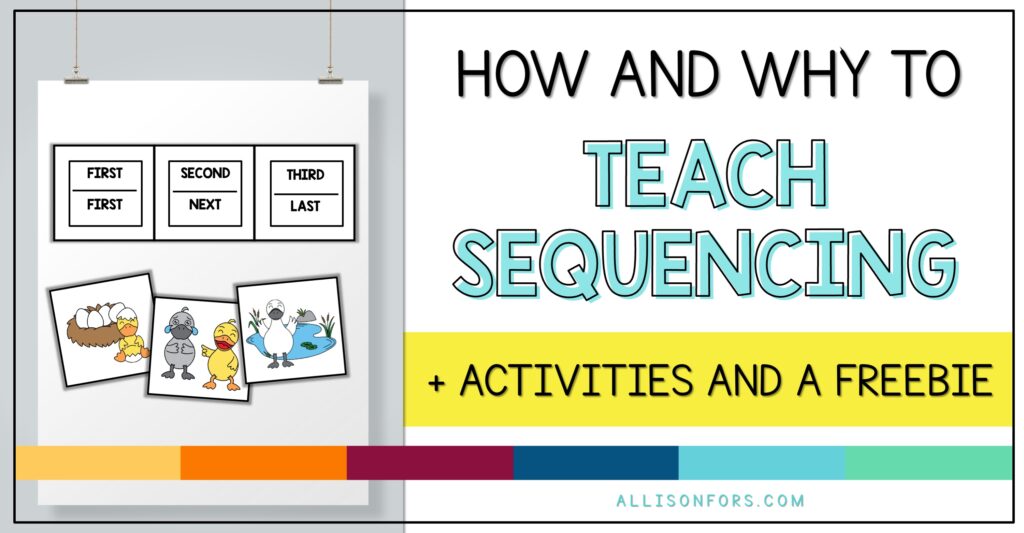
Teaching sequencing in speech therapy and the classroom! Sequencing is a critical communication and life skill.
What is sequencing? Why is sequencing important?
Sequencing means being able to arrange information, language, and actions in the correct order.
Did you know even babies are learning to sequence when they put sounds together to form words, and words together to form 2 word phrases? Sound and word order matter! As children get older they use sequencing to learn to read, write, and follow steps to complete an action.
Sequencing is a foundational skill in many aspects of language, executive functioning skills, and other areas of academics. We use sequencing skills in all areas of life and don’t even realize it! You use these skills to follow multi-step directions, complete a math problem, break a big task into small tasks to complete, form complete sentences with correct syntax, or retell a story.
Sequencing is a common area that children struggle with – if they don’t develop a strong foundation when they are young, it’s easy to get behind and have it affect many areas of their life. Sequencing difficulties can be a result of language deficits, executive functioning issues, or lack of attention skills.
Steps to teaching sequencing
SEQUENCING 2 PICTURE STEPS:
The first step to teaching sequencing is having the child understand that events happen in a certain order and to learn the necessary vocabulary, such as: First/Last, First/Next, First/Second, Before/After. Use pictures of everyday routines and ask: “What happened first?”, “What happened last?” Have the child place in the correct order. Incorporate this language into everyday conversation as well! While getting dressed, eating dinner, or taking a bath. Provide opportunities for them to fill in the blank: “First we put on socks, next we put on….” “shoes!”
Access more mats and sequencing pictures in this activity: Sequencing Temporal Concepts
SEQUENCING 3 PICTURE STEPS:
The next step is to sequence 3 steps that are familiar. I like using everyday or academic routines, or even a short story that a child is familiar with. Ask the child “What happened first/second/last?” You can also gather 3 items and put them in the correct order. For example, a small, medium, or large ball.
Access more mats and sequencing pictures in this activity: Nursery Rhymes
SEQUENCING 3 STEPS VERBALLY:
The next step is to sequence a 3 step event without visuals or pictures. Ask the child to sequence examples from the pictures and then ones that were not used in the pictures. Here are some examples:
- How to brush your teeth
- How to wash your hands
- How you put on your shoes
- How to make a peanut butter and jelly sandwich
- How to wash a dog
- How to plant a flower
SEQUENCING 4+ STEPS:
Now move onto 4 step sequences with pictures. Once that is mastered, move on to sequencing 4 steps verbally. Continue onto 5 steps and 6 steps.
SEQUENCING STORIES AND EVENTS:
Now it is time to move on to sequencing more abstract things, such as books and events that have happened. I like to start with short stories that are a few sentences long, then move on to familiar stories, and then longer unfamiliar stories. The more this can happen in a natural conversation with real events – the better! As the child to tell you what they did over the weekend, or how they got ready for school that morning.
Sequencing Speech Therapy Resources
I created a no print activity to sequence 3-6 step pictures and short stories. They include everyday routines that you drag and drop in the correct order. You can view it here and play a preview!
Download this freebie! Unscramble the 3-6 word sentences to work on syntax, grammar, and sequencing by dragging and dropping the words in the correct order.
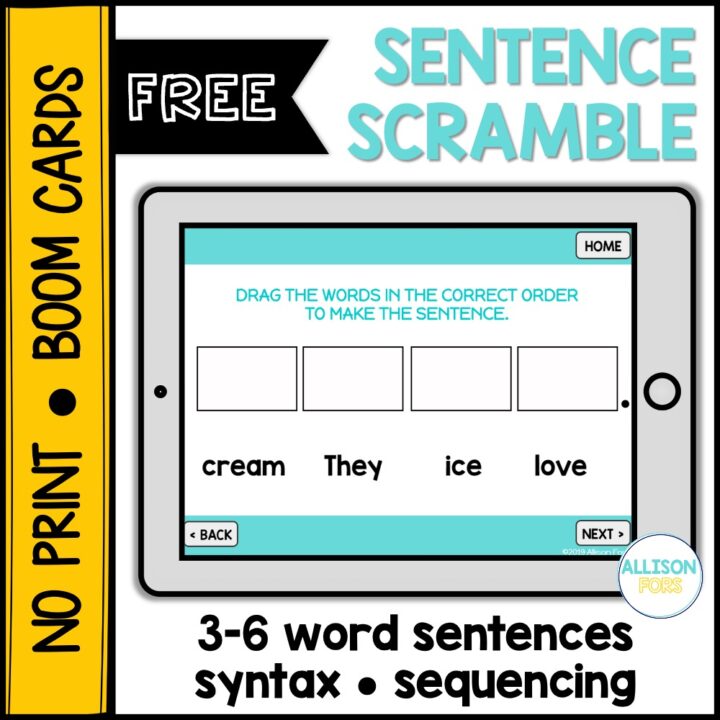
Any other tips for teaching sequencing in speech therapy or the classroom? Leave a comment!
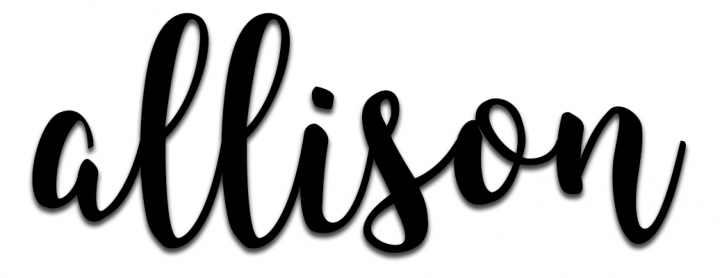
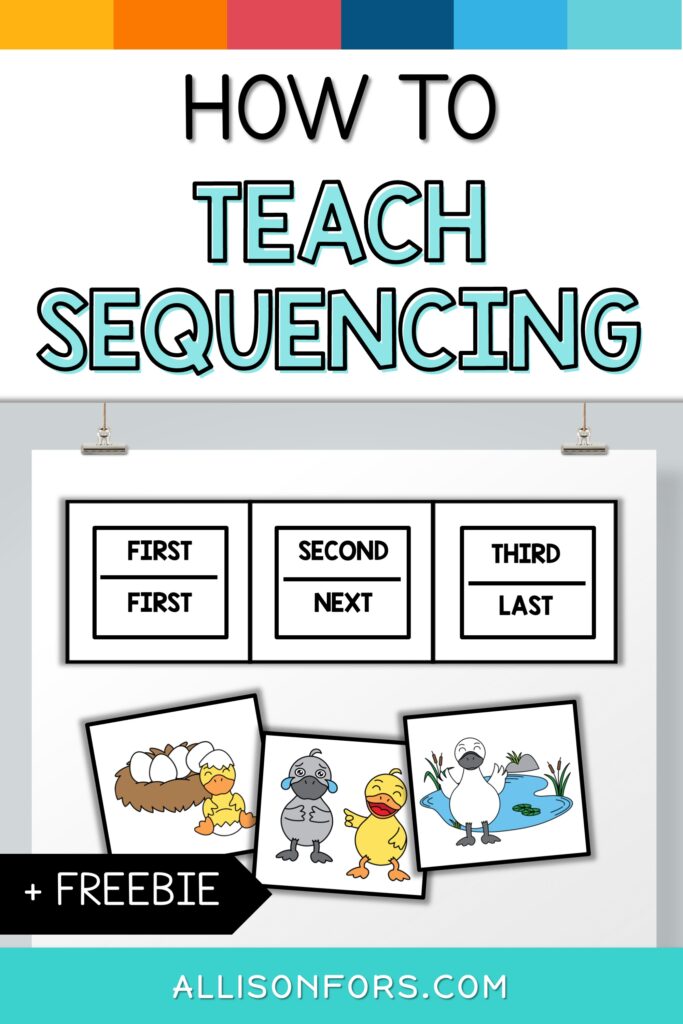


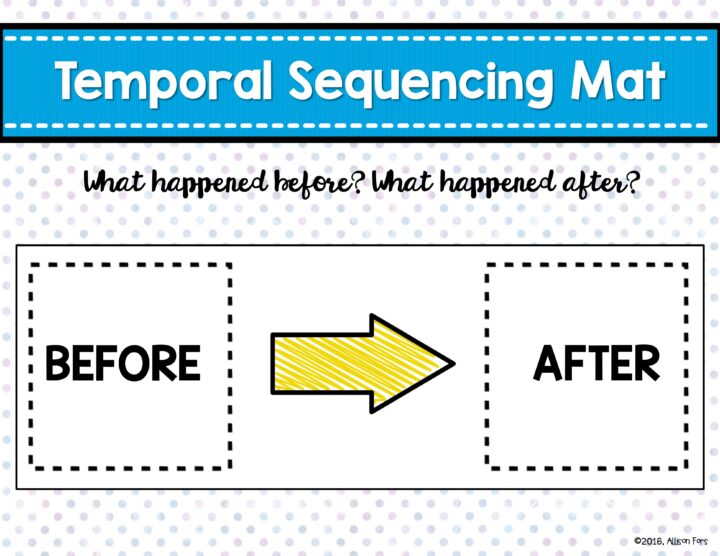
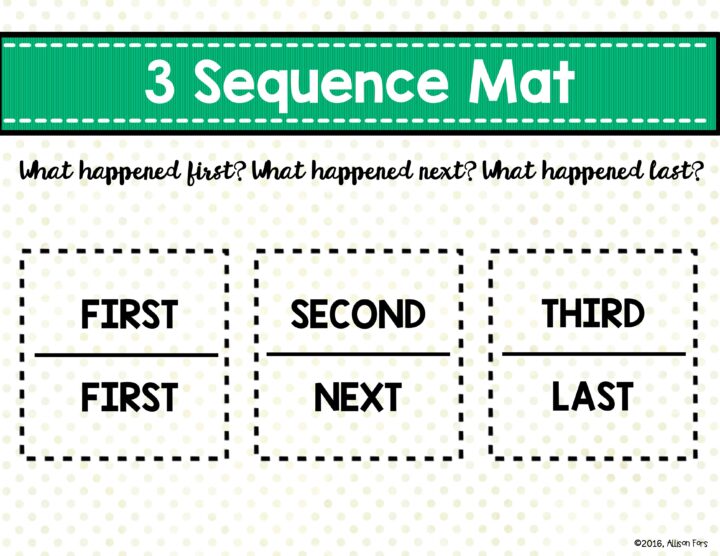
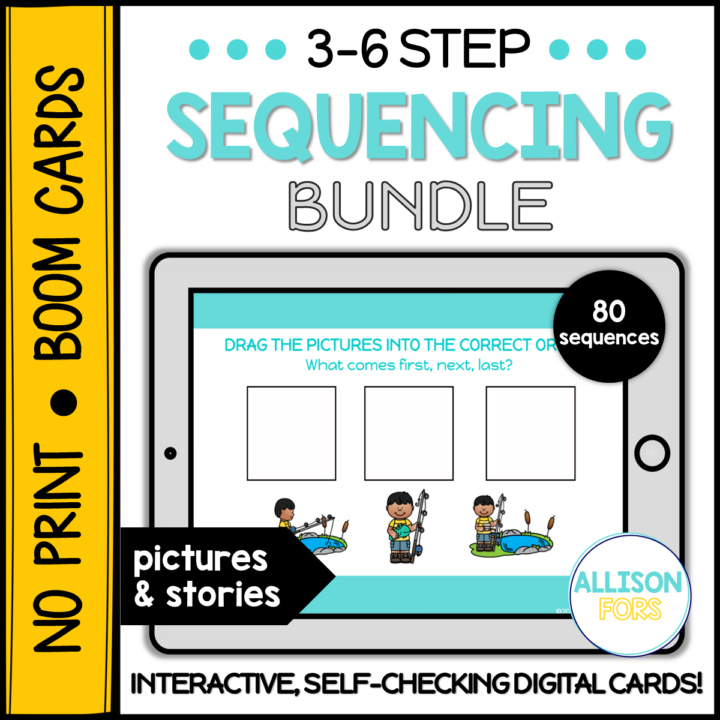
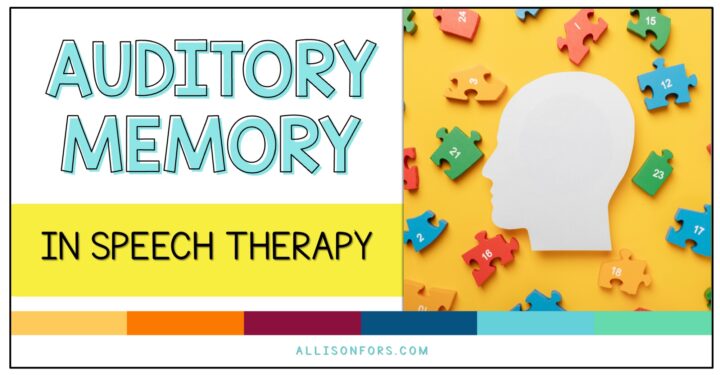
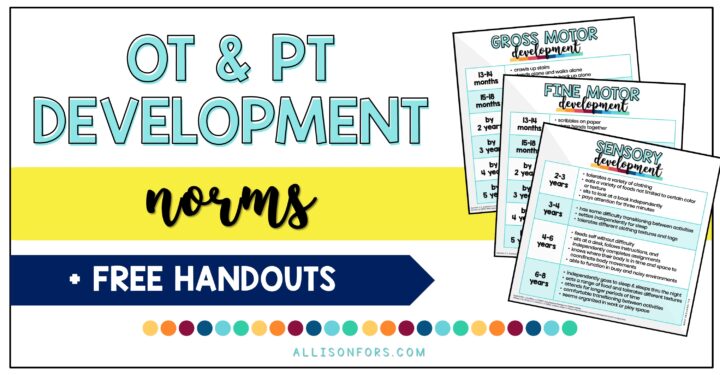
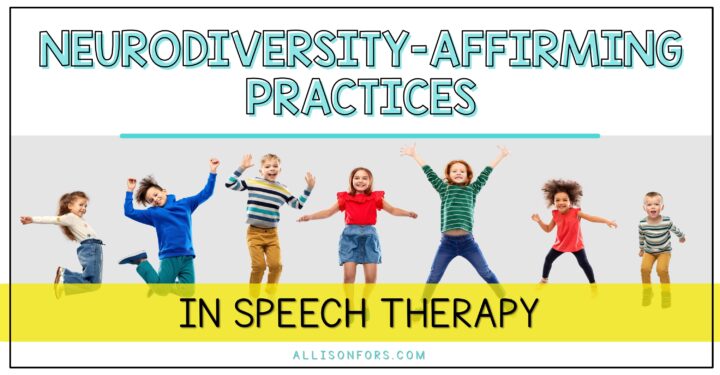

One Response
love telling this story when doing topic I’m Special.